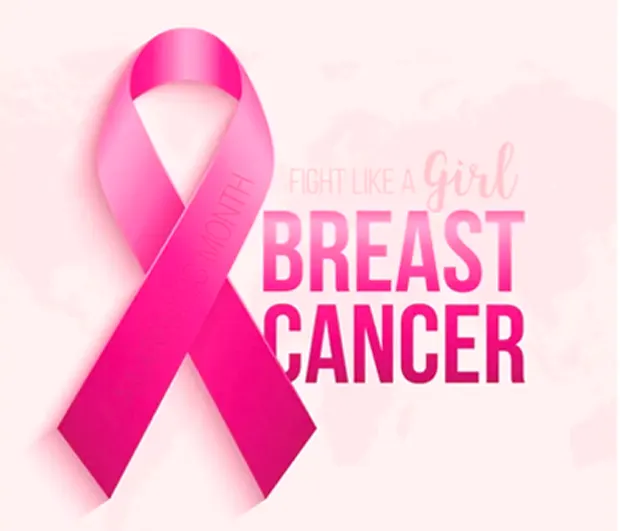What is breast cancer? Breast cancer starts in the breast tissue when mutated cells grow out of control, eventually creating a mass, or tumor. Cells in our bodies have a normal cell cycle: They grow and divide, making copies of themselves as needed to replace old or abnormal cells. And just as they receive signals to grow, they receive signals to die off when damaged. But cancer cells don’t behave like healthy cells. These abnormal cells not only survive, but also divide and multiply — despite the fact the body doesn’t need them. This creates more and more abnormal cells like it, which then form a tumor.
A tumor can be non-cancerous (benign) or cancerous (malignant). Non-cancerous tumors are made up of cells that look very similar to normal cells, grow slowly, and don’t invade nearby tissues or spread to other parts of the body. Cancerous tumors, if left unchecked, can eventually spread beyond the original tumor to other parts of the body. Breast cancer either begins in the cells of the milk-producing glands (called the lobules) or in the passages that drain milk from the lobules to the nipple (called the ducts). Less commonly, breast cancer can begin in the fatty and fibrous connective tissues of the breast (called the stromal tissues). Depending on the breast cancer stage, cancer cells can invade nearby healthy breast tissue and make their way into the underarm lymph nodes. Lymph nodes are small organs that filter out foreign substances in the body. If cancer cells get into the lymph nodes, they can travel in the lymph fluid to other parts of the body.
Breast cancer is always caused by a mistake in genetic material (called a genetic abnormality). Still, only 5% to 10% of cancers are linked to genetic abnormalities inherited from a parent. About 85% of breast cancers are caused by genetic abnormalities that are a result of getting older and the wear and tear of life in general. Signs and symptoms of breast cancer A lump is one of the most common signs and symptoms of breast cancer, but symptoms vary and can also include swelling, skin dimpling, and breast or nipple pain. It’s also important to know that some lumps might be too small for you to feel and that even a large lump can be benign.










